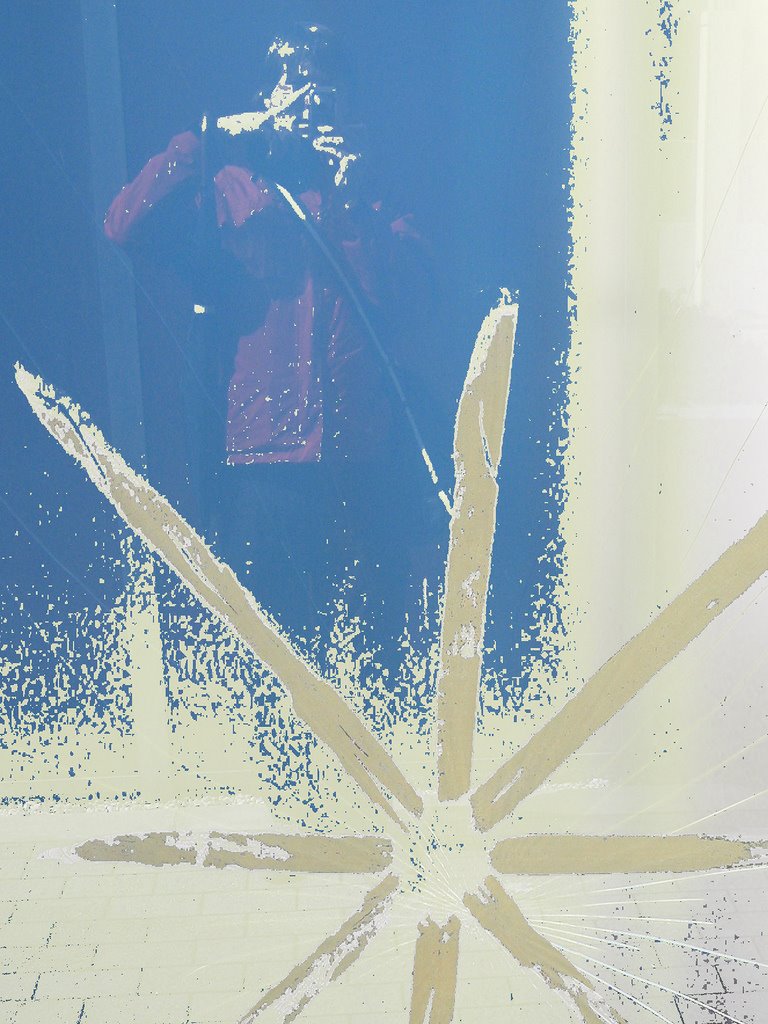 In the meantime I moved to central Tokyo. From the tiny suburb mansions to modern several storeys high buildings (I live at the 5th floor now, getting a great view of Shinjuku...). Going to school by bicycle rather then by train, it takes laughable 15 minutes now to get there. Furthermore, there is no more temple gong in the morning, but much sharper church bells, and in the evening no more factory-pipes fluting from the distance but drive-by-promotional-enchantments (“Gyooooza yasuiiii....!”). And between the traditional restaurants, sake bars and workshops nestled along the main street, there is some american style coffee shop or a french bakery to find here and there.
In the meantime I moved to central Tokyo. From the tiny suburb mansions to modern several storeys high buildings (I live at the 5th floor now, getting a great view of Shinjuku...). Going to school by bicycle rather then by train, it takes laughable 15 minutes now to get there. Furthermore, there is no more temple gong in the morning, but much sharper church bells, and in the evening no more factory-pipes fluting from the distance but drive-by-promotional-enchantments (“Gyooooza yasuiiii....!”). And between the traditional restaurants, sake bars and workshops nestled along the main street, there is some american style coffee shop or a french bakery to find here and there.  Nonetheless Akebonobashi is a mainly residential area, my room is oriented away from the main street and its quite calm, not what i expected from living in Tokyo at least (Traffic here is just not what you are used to in big cities in the west). But it is not only the outside that has changed. I share the apartment with three people, who are all nice, and we are doing much things together, talking, cooking, going out. But no more of the hospitality of my former hosts, who I liked a lot, and who I really miss. Being on my own now meaning also preparing my own food, shopping (trying to find all the good things i simply ate and drank so far), doing my laundry and putting out the garbage (one of the few things i really think is unnecessarily complicated here).
Nonetheless Akebonobashi is a mainly residential area, my room is oriented away from the main street and its quite calm, not what i expected from living in Tokyo at least (Traffic here is just not what you are used to in big cities in the west). But it is not only the outside that has changed. I share the apartment with three people, who are all nice, and we are doing much things together, talking, cooking, going out. But no more of the hospitality of my former hosts, who I liked a lot, and who I really miss. Being on my own now meaning also preparing my own food, shopping (trying to find all the good things i simply ate and drank so far), doing my laundry and putting out the garbage (one of the few things i really think is unnecessarily complicated here).And all these things work just a little bit different, but that's the fun finding out how...!
More Fotos of Akebonbashi...
Now I have Videos too!
Farewell Sushi in Hamano






